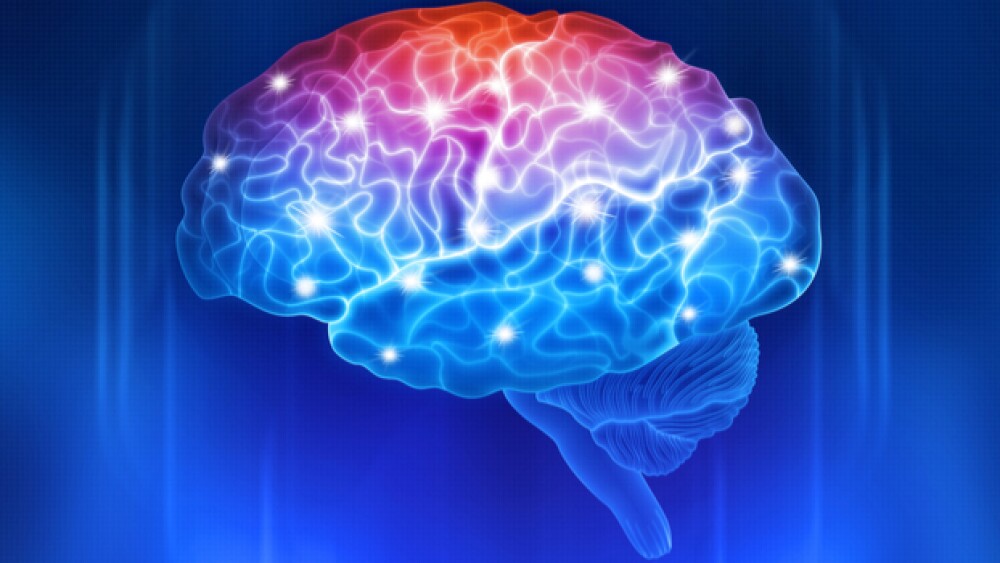Researchers discovered a pathway that helps regulate inflammation and also prevents the buildup of toxic proteins related to Alzheimer’s.
New research conducted in animal models provides a new approach to treating Alzheimer’s disease. Researchers at St. Jude Children’s Research Hospital’s discovered a pathway that helps regulate inflammation and also prevents the buildup of toxic proteins related to the neurodegenerative disease.
The pathway, called LC3-associated endocytosis or LANDO, was discovered in microglial cells, which are the primary immune cells of the brain and central nervous system, St. Jude Children’s Research Hospital announced Thursday. Interestingly, the researchers said preliminary evidence suggests LANDO is a process that functions throughout the body. According to the announcement, the research showed that LANDO protected against deposits of amyloid plaque buildup in the mice. Also, activation of the pathway guarded against toxic neuroinflammation and neurodegeneration, including memory problems, St. Jude said. The research was published in the medical journal Cell.
Douglas Green, head of the St. Jude Department of Immunology, said that activating LANDO in microglial cells could provide the breakthrough in Alzheimer’s disease research that scientists and patients have desperately been seeking.
“…activating LANDO in microglial cells could prove to be therapeutically beneficial through increased clearance of β-amyloid and mitigation of neuroinflammation,” Green said in a statement.
The amyloid beta theory had been one pharma companies had aimed their resources at for years in hopes of developing a treatment for Alzheimer’s, which is the sixth leading cause of death in the United States. However, over the past several years, researchers have focused more and more on the role of inflammation in Alzheimer’s.
Rudolph E. Tanzi, a top Alzheimer’s researcher with Harvard Medical School and Massachusetts General Hospital, told BioSpace earlier this year that amyloid and tau tangles actually trigger Alzheimer’s disease. However, they’re not enough to cause dementia. That’s where inflammation comes in. The amyloid and tangle-driven neuronal cell death eventually hits a point where the brain’s innate immune system reacts with significant levels of neuroinflammation, Tanzi said.
The St. Jude research confirms that the amyloid buildup is a hallmark of the disease. The discovery of the LANDO pathway provides an explanation of how the microglial helps clear the amyloid buildup in the brain. This comes in the wake of multiple trial failures for this disease promoted numerous companies to abandon research into a potential treatment.
Of course, the research into Alzheimer’s is still early and much will need to be done before the role of the pathway is definitively understood in this disease. But there could be other applications within other diseases. The St. Jude researchers were actually examining the pathway for its potential role to trigger immune responses in cancer. Bradlee Heckmann, a member of Green’s team and first author of the new research paper, said the data suggest inhibition of LANDO might provide a mechanism to activate inflammation within the tumor microenvironment to generate an anti-tumor response.” But, Heckmann also realized that LANDO can play a role in neurodegenerative diseases like Alzheimer’s and the team decided to follow the science down that path.





